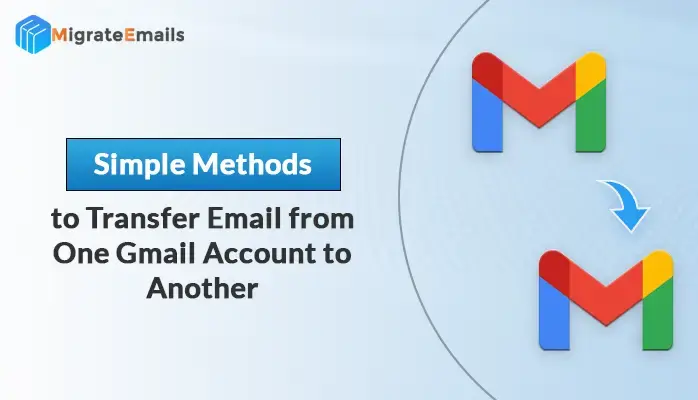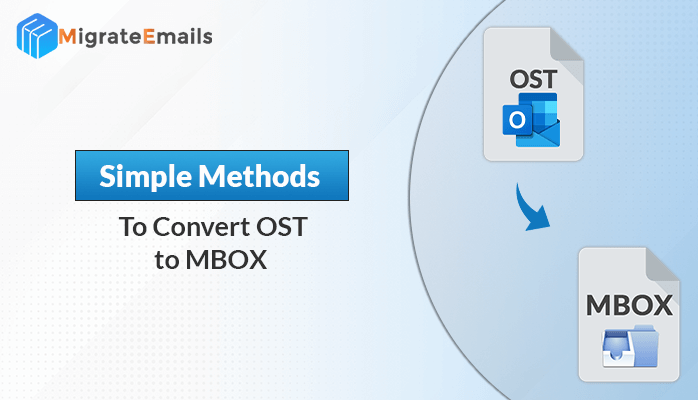-
Written By Kiran Sharma
-
Updated on June 25th, 2025
How to Perform Lotus Notes to Exchange Migration Manually?
In this blog, we will discuss Lotus Notes to Exchange migration. The first platform, IBM Notes application is losing its fame in the period of cutting edge Exchange Server variants. The majority of the IBM Notes clients are relocating to other email Servers, for example, Exchange Server, Office 365, and so forth.

Transfer NSF files into multiple other file formats and email clients
Download the best DRS NSF to PST Converter to shift Lotus Notes data
Viewing the differences of Notes and Exchange Server there are some solid explanations behind the relocation.
- Cost factor – Installation and running costs of IBM Notes is very higher than that for Exchange Server
- Execution factor – Exchange Server has mail controlling facilities. Whereas, the Lotus Notes is still flawed compared to the Exchange Server.
Now, we will take a look at the how-to solutions and the reasons behind performing this migration.
You can also read: How to convert Exchange EDB to Lotus Notes NSF?
Reasons behind Migrating Lotus Notes to Exchange?
- Moving from Lotus Notes to Exchange EDB is due to the technical difficulty of the IBM Notes.
- The job switching—the use of a new platform after shifting from an old job to a new job.
- The Lotus Notes mailbox has less capacity. The increase in file size will occupy the spaces of the mailbox. As a result, the user will need to shift mail messages either to the system or a different mail client.
Let’s take a look at the essential steps to be followed to perform the migration.
Migrating Lotus Notes to Exchange Manually:
This method will help a user perform Lotus Notes to Exchange migration.
Step 1: Download and Install the Transport Suite
- First, you need to download a transport suite. If your system supports 32-bit, then download transporter32.msi.
- After downloading the suite, launch it.
- In the current dialogue box, select the transporter tool and the desired location.
- After process completion, a folder will be created naming “Microsoft Transporter Suite for Notes.”.
Note: In the migration process, the global address list should be connected in a way that both users can view every user connected with both platforms.
Step 2: Create A Directory Connector
Using the Transporter Management Console
- Select ‘’connecting under tools’’ option from the console tree for Lotus Notes.
- Right-click on the option and select the option to generate a directory connector.
- Next, a directory connector window will pop up on your screen. Hit the Next button to export Lotus Notes to Exchange.
- Hit create, and then press the Finish button after process completion.
Using Command Shell
The export process needs essentials for synching with IBM Notes permissions. The user may require a different account that has the below-mentioned permissions enabled.
- Always deal like an editor with names.NSF document.
- The part of the client creator and client modifier must be attainable.
- Additionally, they must have the privilege to erase records.
Step 3: After that, Configure the Directory Connector
- Choose the directory connector to migrate NSF to Exchange Server.
- Right-click on the directory connector and choose the Properties option.
Or
Redirect to the Action menu and choose the Properties option.
- Now, go to the properties window, then select tab Active Directory and Notes tab.
Step 4: Synchronize the Directories
- Choose the synchronize option before setting up with the directory.
- Right-click on the Directory Connector.
- Select the ‘’Move to’’ option from the Action pane and select ‘’Synchronize’’.
- Next, the Synchronize Directory will popup on your window screen. Press either Update synchronization or full synchronization tab.
- Now, whenever a user wishes to modify or update any option- update synchronization will be used.
- In the end, choose the essential kind of synchronization.
- After synchronization, hit Finish to exit.
Challenges faced by the user while following the manual Procedure:
- The procedure is lengthy, messy, as well as time-consuming.
- Users cannot export mailboxes of more than 1 GB.
- If the user does not have any technical experience, knowledge, or supervision, then this procedure can put the data files at risk.
- Difficult to perform bulk Lotus Notes migration using this process.
Conclusion:
In the above blog, we have discussed certain steps to perform Lotus Notes to Exchange migration. The manual procedure here abides by the third-party utility, as it itself is enough for migrating one mailbox to another location without any substantial worries. I hope you find this blog useful.
Also Read: How to Resolve Error 0x800ccc1a in Outlook 2019, 2016 and Other Versions?
About The Author:
I am Kiran Sharma, a Technical Expert in Content writing. I have technical expertise in the field of Email Backup, Data Recovery, and Email Migration, and resolve technical queries related to Cloud Backup or Email Migration for individuals and businesses.
Related Post


